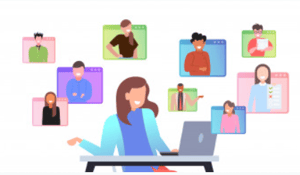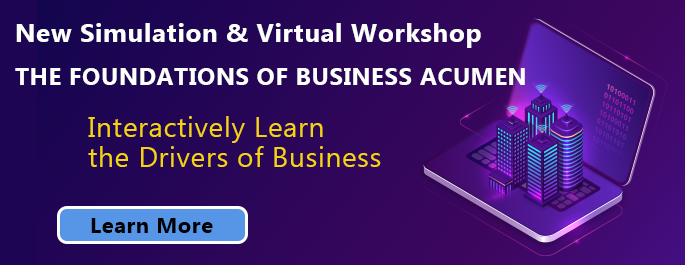I was speaking today with a long-term colleague about what’s different in this year’s “selling season” and we had a lot to talk about. “Selling Season” is that time of year, usually from October-November were  customers start planning and buying for the following year.
customers start planning and buying for the following year.
I think it is safe to say that none of us have ever seen or could have predicted how different Selling Season 2020 would be. As part of the continued development of our Strategic Business Selling™ curriculum, we just released a new module on what is different and what Sales Professionals should be doing about these differences. In our research, we identified 5 major trends and 15 different tips, tools, and techniques to be effective this selling season.
I am pleased to share with the readers of this blog 3 significant things that are different and some ideas on what to do with the differences.
There Is More Equality Between Sellers and Buyers
One of the most interesting findings we discovered based on interviews of professional sellers is that they feel there is more “equality” in the sales process. One Sales Professional summarized it well. “My prospects’ ZOOM box is as big as mine. They don’t have a big office or an intimidating staff surrounding them. As a matter of fact, there is a human touch when a small child pops up and interrupts a meeting.”
The evolution to virtual sales meetings has created a more even playing field. The best Sales Professionals are taking advantage of this by leveraging the tools to be more engaging and to take more control over the process and flow. Unlike an in-person meeting, if you see that you are losing the prospect’s attention, you should have a half dozen options to go to at the touch of a finger.
Trust Is More Important Than Ever
Trust is a critical part of selling. It is even more important in a virtual environment where in fact you are viewed as a complete stranger coming into their worlds in a video conference. When a buyer trusts you, they believe your promises, give you access to the “inside”, take your recommendations, and offer you referrals. A buyer won't buy from you unless he or she trusts you. One of the other things that we have discovered is the virtual selling created a different type of “Virtual Intimacy” that is different than the relationships you develop in person.
So, what can you do to build trust in a virtual environment? Our research identified 15 steps so here are 3 that you can also use immediately:
- Be an expert. Too many customers report that they don't trust sellers because the seller doesn't know their stuff. As a seller use the “virtual intimacy” of meetings to demonstrate that you know your buyers' industry and business, competition, marketplace, full set of customer needs, and more—inside and out.
- Know your impact model. Sales winners craft compelling solutions. Use the tools of the virtual environment to demonstrate your business impact.
- Develop and share a point of view. Let's say a buyer says, "Ok, so what should I do?" If you don't have an answer for that—if you're unwilling to develop and share a point of view—they won't see you as a trusted advisor. Use the virtual intimacy to share your perspectives!
Seeing, Hearing, and Listening are Technologically Enhanced
Image the “old days” when you used to go a customer’s office and they put you into a conference room. You have to find a plug for your computer, get the internet password, and set up at a table that was appropriately distant from the customer. In the virtual selling environment all of that is different. If you have good equipment like a great computer, a headset, and microphone, then you are seeing, hearing, and listening in a different way. You are seeing multiple things and are able to follow the customer’s body language and tone in a crystal-clear way. Your headset lets you hear and listen with better fidelity, and you are able to take better notes. When these senses are embraced, it creates a significant advantage to great sales professionals.
In summary, almost everything has changed about selling in a virtual environment. During this “Selling Season,” take a few moments to plan and think through ways of leveraging better seller-to-buyer equality of process, how to build more trust, and how to use the tools the see, hear, and listen better.




